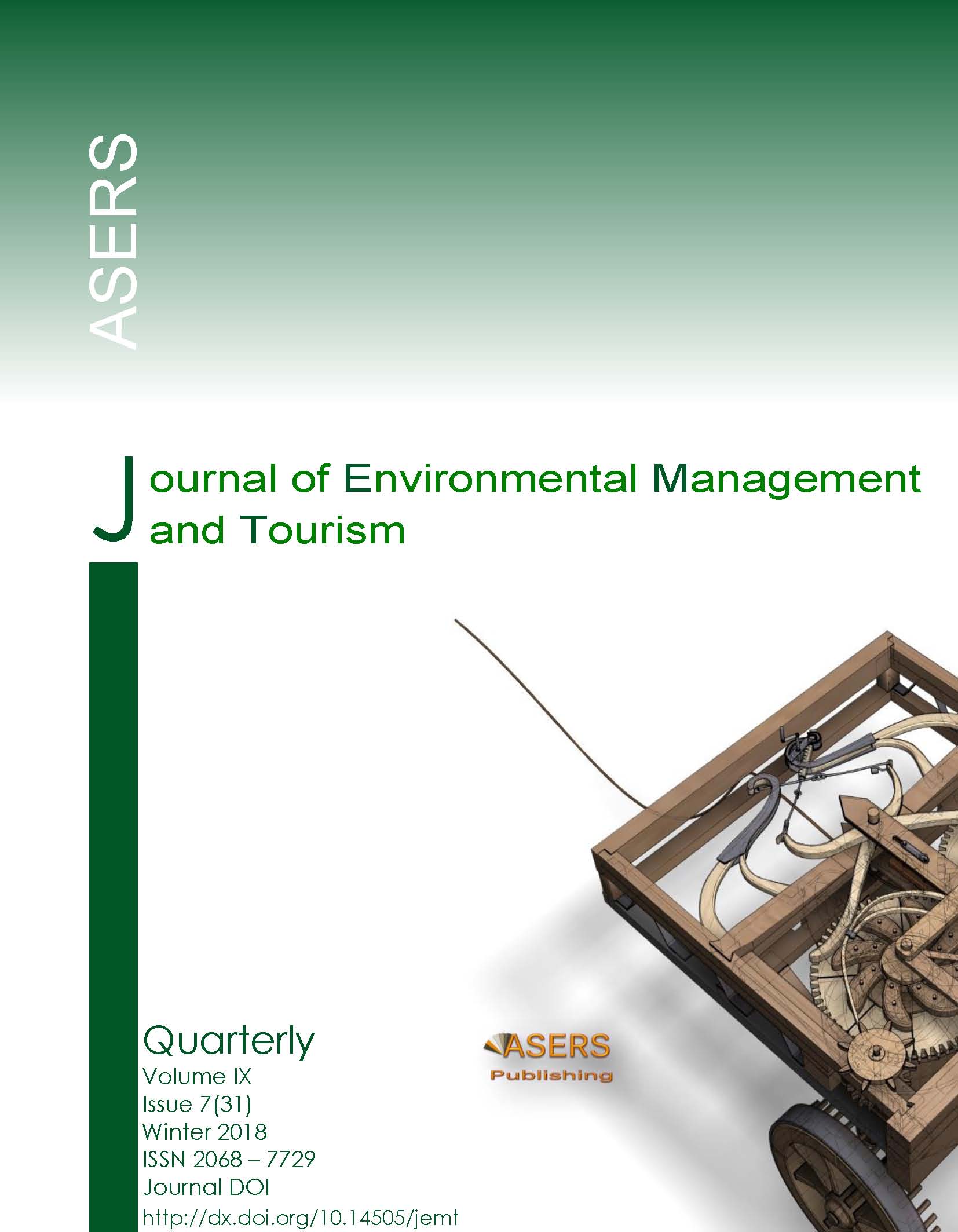Model of Motor Vehicle Gas Distribution Based on Ecology- Health, Economic, Social-Cultural and Law Factors in the City of Pekanbaru
Model of Motor Vehicle Gas Distribution Based on Ecology- Health, Economic, Social-Cultural and Law Factors in the City of Pekanbaru
Author(s): DARIMI DARIMI, Ikhwan Siregar YUSNI, Anita SOFIA, FIRDAUS FIRDAUS, SYAHRIL SYAHRILSubject(s): Economy, Energy and Environmental Studies
Published by: ASERS Publishing
Keywords: E2S + H model; gas emission; anomaly;
Summary/Abstract: Air pollution will make the city environment unhealthy and can interfere with human health, therefore one must strive to not increase air pollution. One way to reduce air pollution in cities is to reduce carbon emissions and build Green Open Spaces (GOS). Therefore, the purpose of this study is to create a model for distribution of motor vehicle exhaust emissions in the city of Pekanbaru. Air pollution at a certain level can be a combination of one or more pollutants, either in the form of solids, liquids or incoming gases dispersed into the air and then spread to the surrounding environment. Further analysis of environmental factors in the form of socio-cultural, economic and ecological factors are explored in this study. Other important environmental parameters in pollutant studies are ecological factors as well. While the economic factors in question is the willingness to pay, it shows the minimum cost needed to anticipate the amount of exhaust emissions caused by motorized vehicles and calculate the economic value associated with public health. The emission of gas produced by each vehicle is below the predetermined standard quality threshold, namely LH Regulation No. 12 of 2010. Although the measurement results in Table 1 do not exceed ambient air quality standards, but the increase in a trend that can cause air quality deterioration was detected. The components in these two strategies need to get more emphasis and attention so that the existence of charcoal trading business can be sustainable. The results obtained from this study are a model of exhaust gas distribution in the form of gas emission distribution contours supported by ecological data (E), economics (E) and socio-cultural (S), especially in creating recommendation models in policy making both in the form of laws, government regulations or regional regulations, which is the simplest prerequisite for motor vehicle owners when the vehicle registration is extended. This model is better known as the E2S + H model
Journal: Journal of Environmental Management and Tourism (JEMT)
- Issue Year: IX/2018
- Issue No: 07 (31)
- Page Range: 1479-1488
- Page Count: 10
- Language: English
- Content File-PDF

